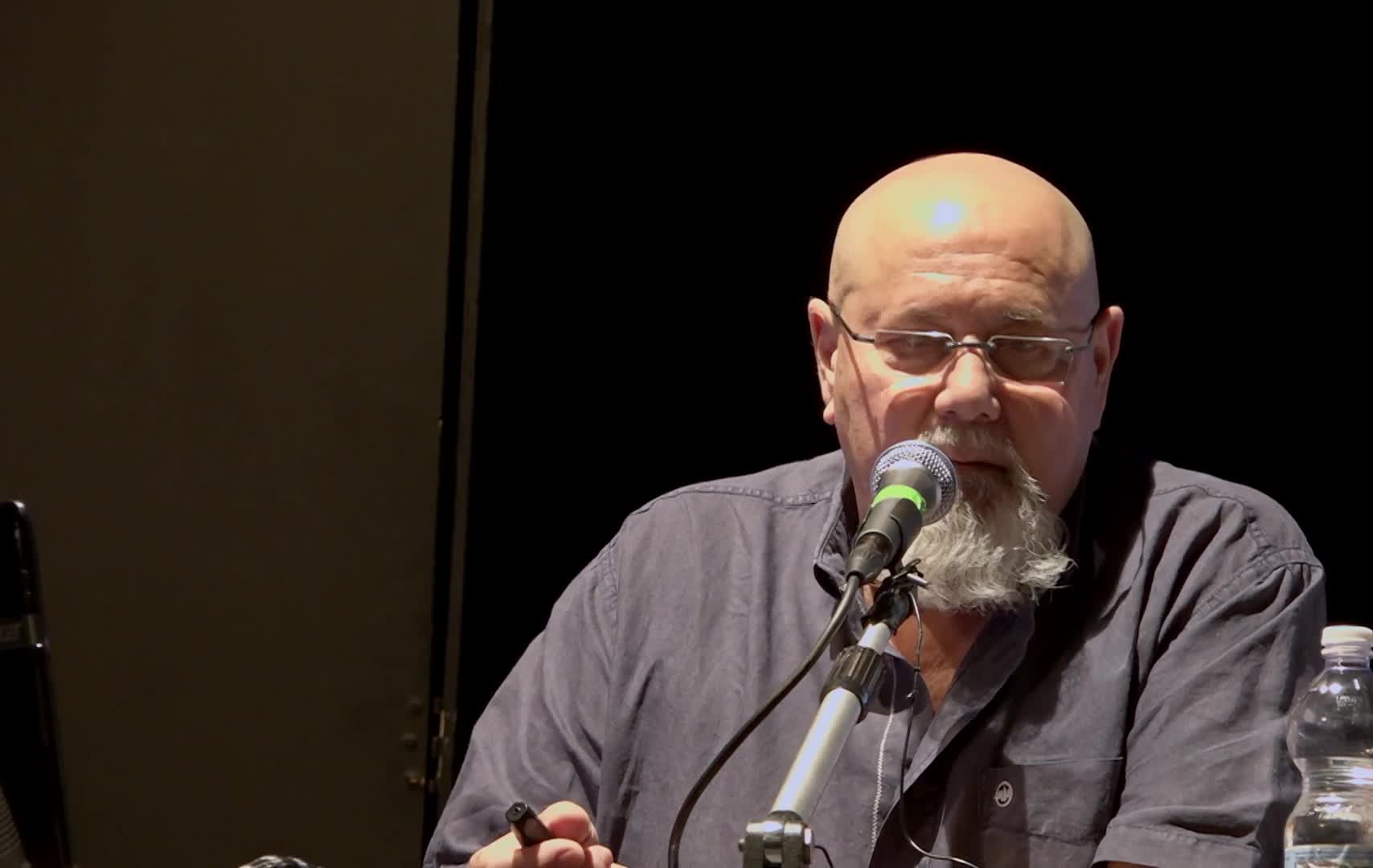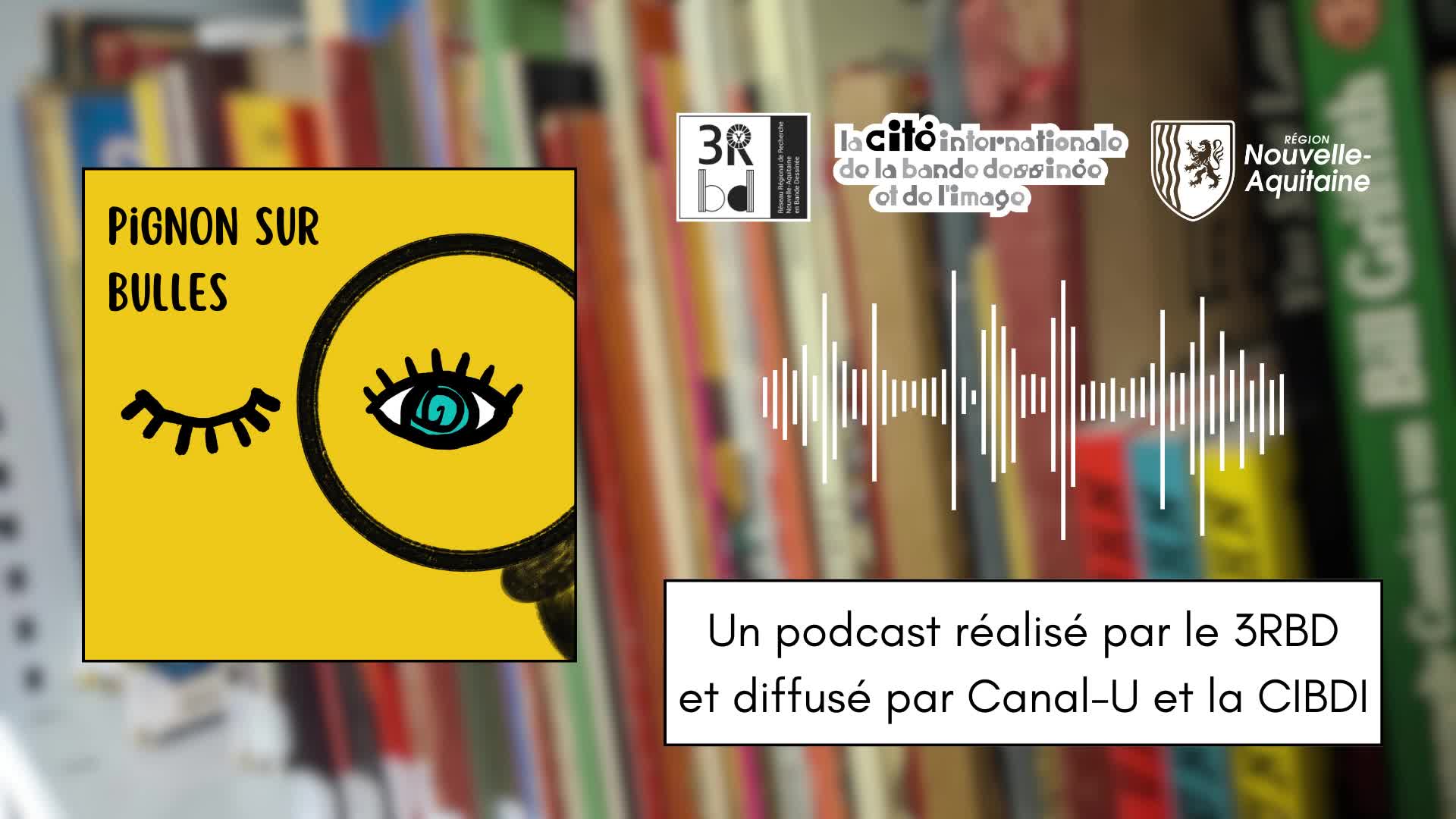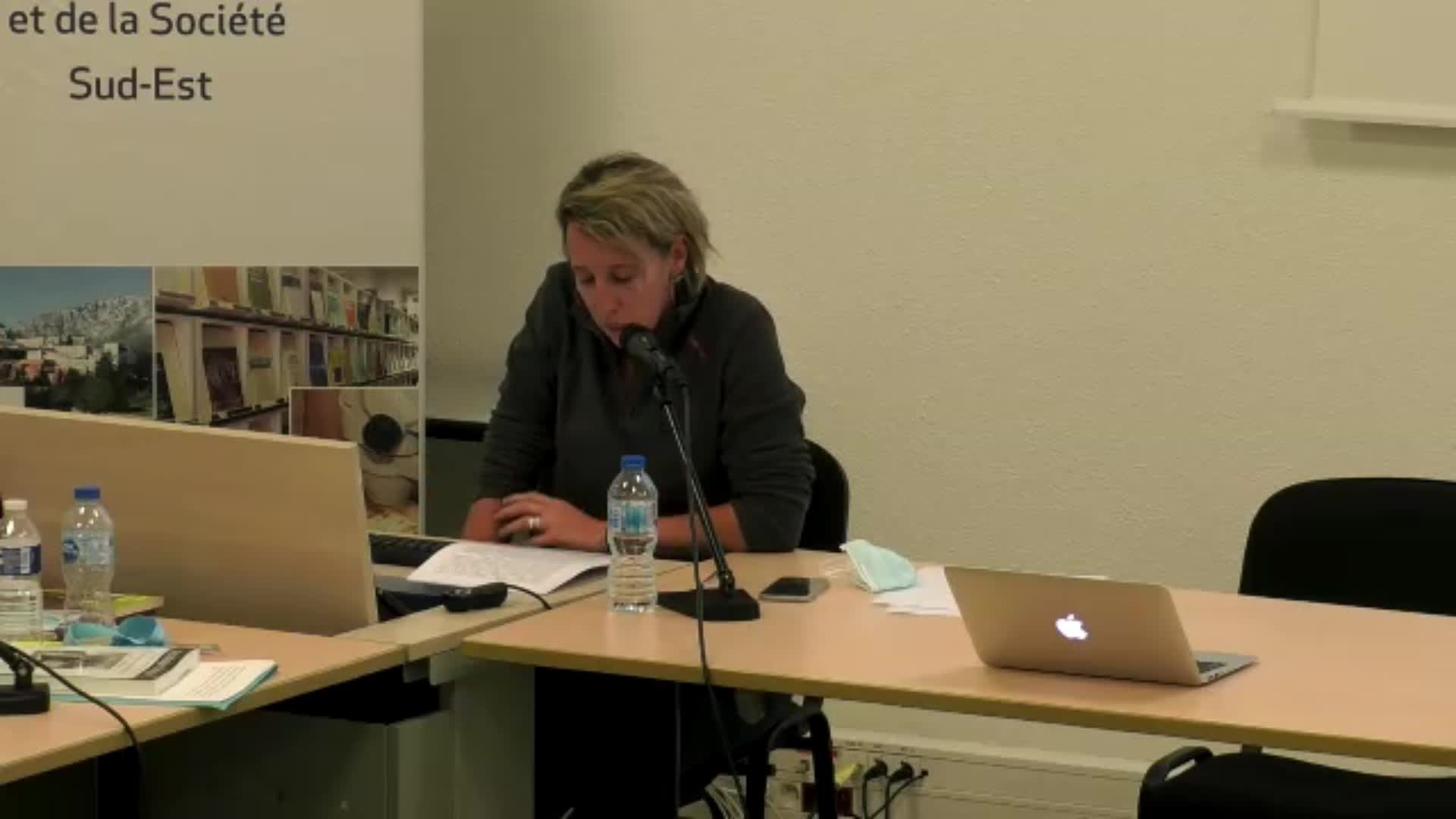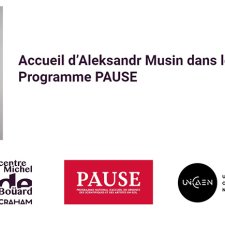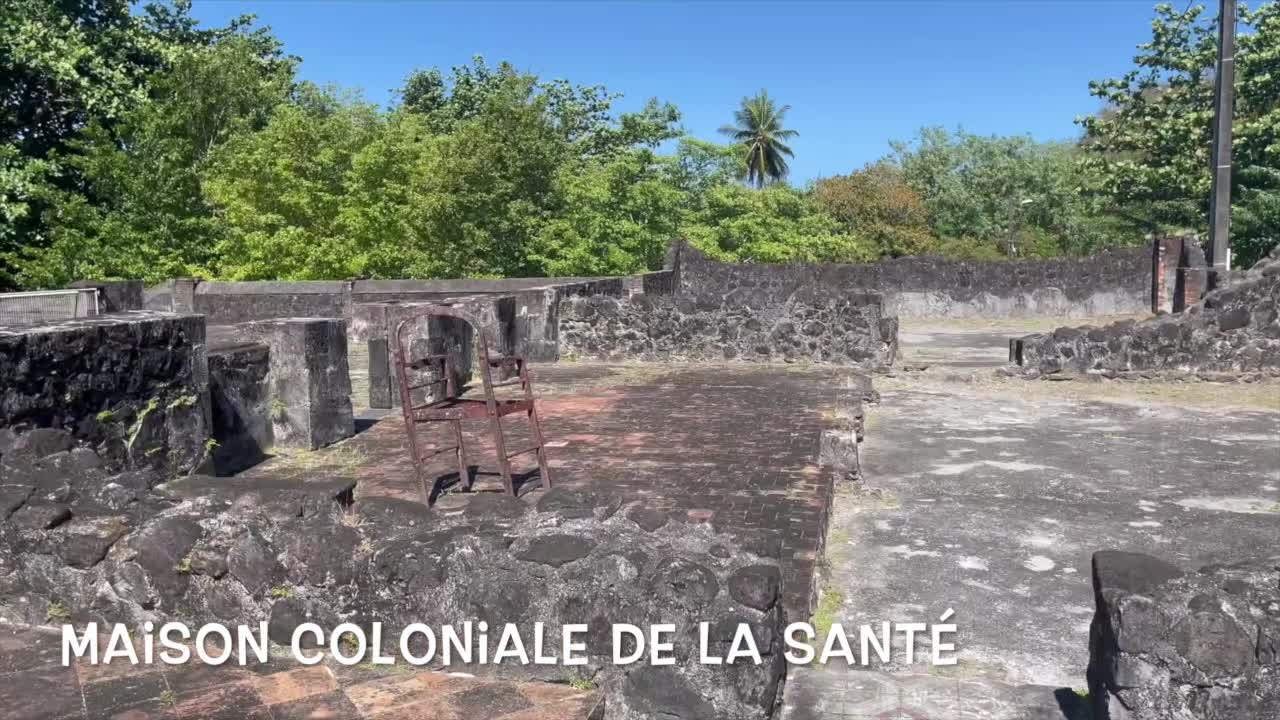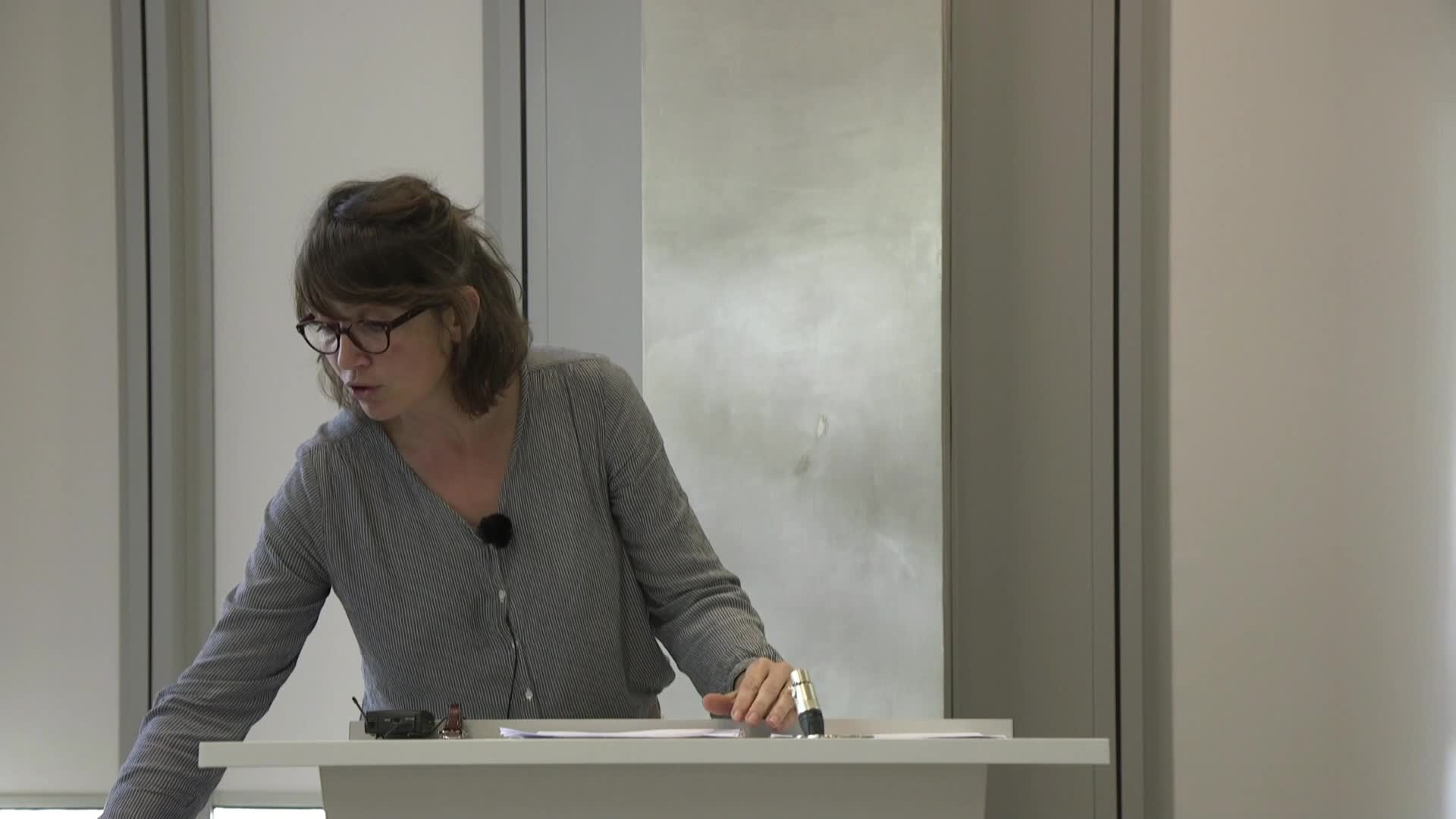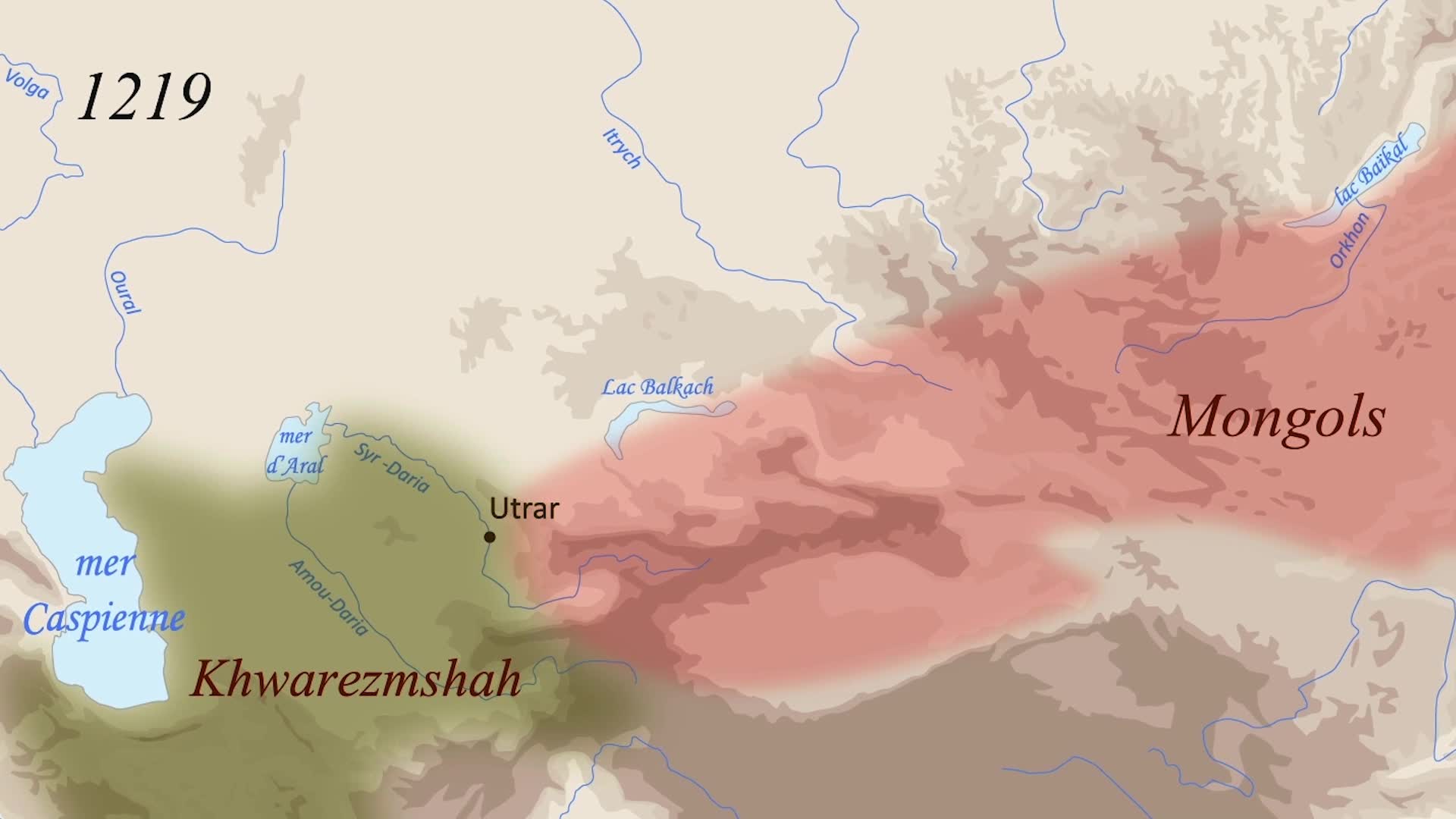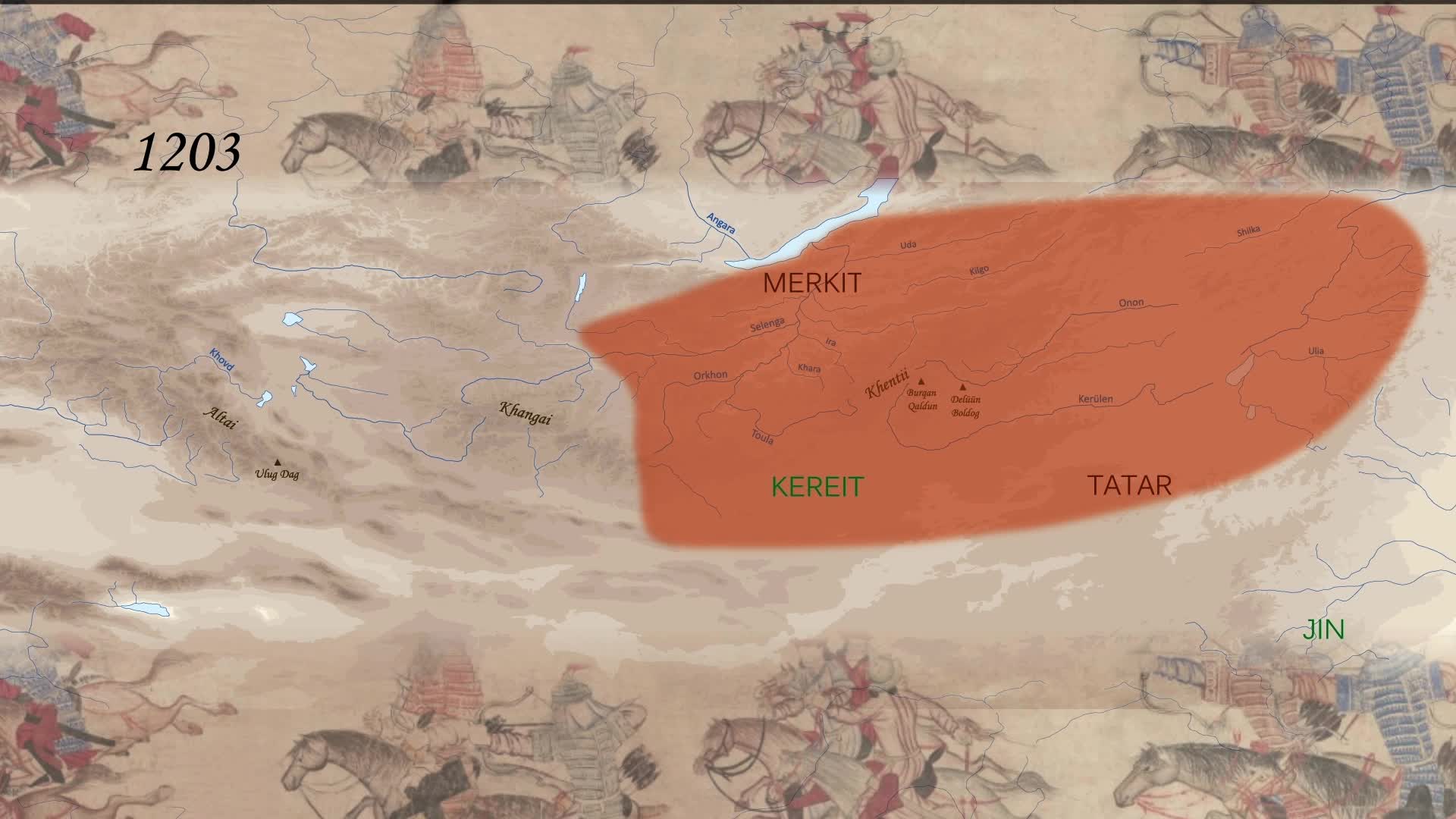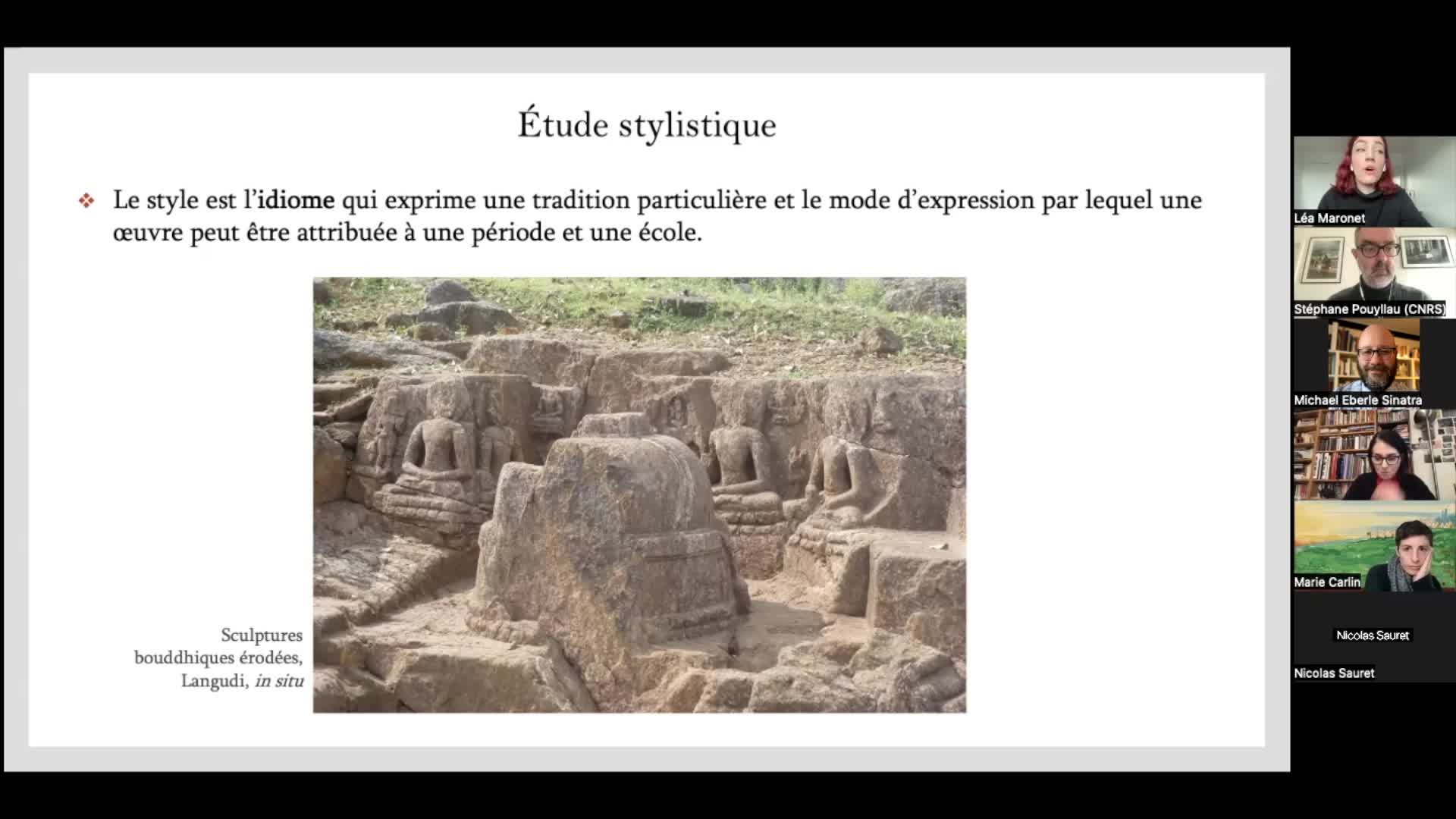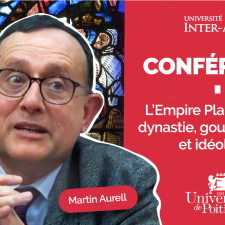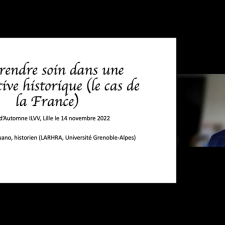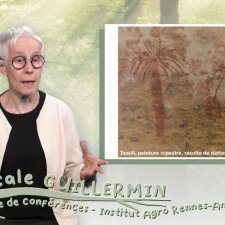Notice
Communication, Trust, and the Formation of Multi-Layered Urban Communities in the Medieval Mediterranean
- document 1 document 2 document 3
- niveau 1 niveau 2 niveau 3
Descriptif
Two concomitant processes shaped the Mediterranean during the high middle ages (11th-13th centuries), namely urbanization and the expansion of the frontiers of Latin Christendom. This yielded rapidly growing urban centers, that were inhabited by extremely diverse populations, and were often characterized by geo-political and social instability. The implications of this complex social configuration on such issues as ethnoreligious and cultural encounters, or long-distance trade networks, received considerable scholarly attention. Yet the challenges that such conditions presented to the formation of municipal mechanisms and promotion of urban development are still often overlooked. This paper will aim to address the reciprocal connection between the changing cityscapes of the medieval Mediterranean, and their social and institutional circumstances through the case study of Frankish Acre. Acre reveals a tension between gradually intensifying municipal and legal mechanisms, aimed to increase the level of social cohesion among an extremely heterogeneous population, and constant instability, which has disintegrating and decentralizing effects. This was manifested in the changes that took place in Acre’s cityscape, as rising tensions between the different groups in Acre’s population led to the fragmentation of the cityscape. Yet if previously this process was considered to encompass almost exclusively to the dominions of the Italian communes, this paper will argue it was far more extensive, resulting in the division ofthe cityscape into the port area, and an outer ring, the two developing almost independently of one another, thus reflecting social and institutional stratification. Based on this case study, the paper will aim to address new methodological approaches and a new theoretical framework for the study of urban centers in the medieval Mediterranean.
Session 2 Paysage urbain - Modérateur : Ivan Fumado Ortega (Université de Valencia)
Intervention / Responsable scientifique
Thème
Dans la même collection
-
Opus pilarum: fonti, iconografia e topografia archeologica litoranea
FeliciEnricoNella pittura murale romana, i porti (come spiega Vitruvio) e le ville marittime o lacustri sono soggetti ricorrenti. Tuttavia, entrambi questi temi ponevano alcuni problemi grafici: i porti erano
-
Introduction à l'Atelier de la Méditerranée "Ports et zones portuaires de la Méditerranée Antique",…
MarinBrigittePouzadouxClaudeCet Atelier rassemble des spécialistes engagés dans divers contextes géographiques et chronologiques autour de la Méditerranée. À travers les recherches et les cas d’étude qui sont présentés, l
-
Spunti per un approccio integrato allo studio della funzionalità delle due sponde del porto fluvial…
CotticaDanielaTiussiCristianoLe indagini archeologiche più recenti hanno permesso di meglio definire la complessità del sistema portuale fluviale di Aquileia, articolato in corsi naturali ed artificiali dotati di installazioni
-
Ancient harbours of Dalmatia and the reuse of ships in harbour construction
BoettoGiuliaPliny (NH, 16.20) and Suetonius (Claudius, 20.3) have told us the story of the great ship that Caligula had built for the transport of the obelisk now in the Vatican, which was later sunk by Claudius
-
Réflexions sur l'accostage des bateaux et sur le débarquement des biens et des personnes dans les p…
MalmaryJean-JacquesUn des principaux problèmes posés par l’étude des magasins du front de mer occidental de Délos fut de comprendre la relation que ces édifices entretenaient avec la mer et par là même les voies
-
Partenope, Neapolis e la fronte del porto
GiampaolaDanielaThe paper concerns the theme of the coastal landscape of ancient Naples and its employment dynamics over time, linking the data already known from historical and archaeological literature to new
-
L’Urbs e i suoi porti. Magazzini e dinamiche di stoccaggio tra Ostia, Portus e Roma
MimmoMilenaBukowieckiÉvelyneSituato alla foce del Tevere, il sistema portuale Ostia-Portus, provvisto di una fitta rete di magazzini, assicurò per tutta l’Antichità la ricezione delle enormi quantità di merci provenienti dal
-
Le port romain de Marseille revisité: nouvelle approche et perspectives de recherches
PawlowiczMarieDepuis septembre 2018, l’étude de la corne du port de Marseille à l’époque romaine (Ier – IVe s. apr. J.-C.) a été reprise dans le cadre d'une thèse réalisée au sein du Centre Camille Jullian. Fouillé
-
Conclusion de l'Atelier de la Méditerranée "Ports et zones portuaires en Méditerranée antique"
GambashGilConclusion de l'Atelier de la Méditerranée "Ports et zones portuaires en Méditerranée antique"
-
Harbour Cities as Vehicle of Cultural Identity: the Case of Hellenistic Gaza and Ashkelon
BedinEléonoraThe strategic position of the port cities of Ashkelon and Gaza within the geography of the Near East made them crossroads of trades and cultures from the Early Bronze Age onwards. As junctions between
-
What words can tell. Pseudo-Skylax's mentions of "closed harbours" through archaeological and histo…
MauroChiara MariaAncient written sources have transmitted a rich body of phrases and words that refer to the maritime context. However, the actual understanding of ancient nautical jargon is far from exhaustive, due
-
Le strutture portuali di Neapolis in età imperiale
CarsanaVittoriaLe evidenze relative al bacino portuale di Neapolis sono emerse nei diversi settori del grande scavo di piazza Municipio, realizzato in occasione della costruzione delle stazioni di linea 1 e 6 della
Sur le même thème
-
Quand la BD reveille l'Antiquité
LonniMarieGallegoJulieDans ce neuvième épisode, Marie Lonni a pu échanger avec Julie Gallego.
-
Les transformations contemporaines des cabanes de pêcheurs de l'île Sainte-Marguerite.
Rosati-MarzettiChloéProjet soutenu par la MSHS Sud-Est, il émane plus particulièrement de l’axe 1 du LAPCOS « Territoires et environnements : approches plurivoques de l'habiter ». Dans le cadre de l'axe 4 de la MSHS Sud
-
Interview d'Aleksandr Musin dans le cadre du Programme PAUSE
MusinAleksandr EvgenʹevičLe CRAHAM accueille depuis le début du mois de mars 2023 Aleksandr Musin, dans le cadre d'un programme d’accueil de chercheurs en exil piloté par le Collège de France. A. Musin présentera ses
-
-
Usages et interprétations du dessin d’enfant en histoire (Manon Pignot)
PignotManonUsages et interprétations du dessin d’enfant en histoire (Manon Pignot)
-
Empire mongol 3/3 : les campagnes de Gengis Khan (1206-1227)
FavereauMarieLa construction de l'empire mongol du XIIIe siècle reliant la Chine à l'Europe sous l'égide de Gengis Khan. Cette vidéo développe un des thèmes abordé dans l'ouvrage "Atlas des mondes musulmans
-
Empire mongol 2/3 : l'unification des nomades de la steppe
FavereauMarieL'histoire de l'unification des tribus mongols de la grande steppe par Gengis Khan. Prémices de l'empire mongol du XIIIe siècle. Cette vidéo développe un des thèmes abordé dans l'ouvrage "Atlas des
-
Empire mongol 1/3 : la grande steppe
FavereauMarieVidéo présentant la grande steppe berceau de l'Empire mongol. Elle approfondit un des thèmes abordé dans l'ouvrage "Atlas des mondes musulmans médiévaux" , Denoix, S. et Renel H. (éds.), Paris, Cnrs
-
Séminaire HN Lab 1 : Le HTR appliqué à l’histoire de l’Art : présentation du travail de Léa Marone…
Le HN Lab propose un séminaire de recherche qui prend la forme d’une présentation de problématiques théoriques ou pratiques, de présentations de réalisations (achevées ou en cours) d’une durée de 30
-
L'Empire Plantagenêt : dynastie, gouvernement et idéologie
AurellMartinConférence de Martin Aurell dans le cadre de l'Université inter-âges de l'université de Poitiers
-
SÉANCE CONFÉRENCE 1. L'ORGANISATION DU PRENDRE SOIN
CapuanoChristopheSéance conférence 1 : L'organisation du prendre soin" Une approche historique du prendre soin
-
De l'arbre fruitier au verger nourricier
GuillerminPascalePascale Guillermin, maître de conférences à l'Institut Agro Rennes-Angers, parle dans cette vidéo de l'évolution, au cours du temps, du regard et des techniques liés aux arbres fruitiers.

